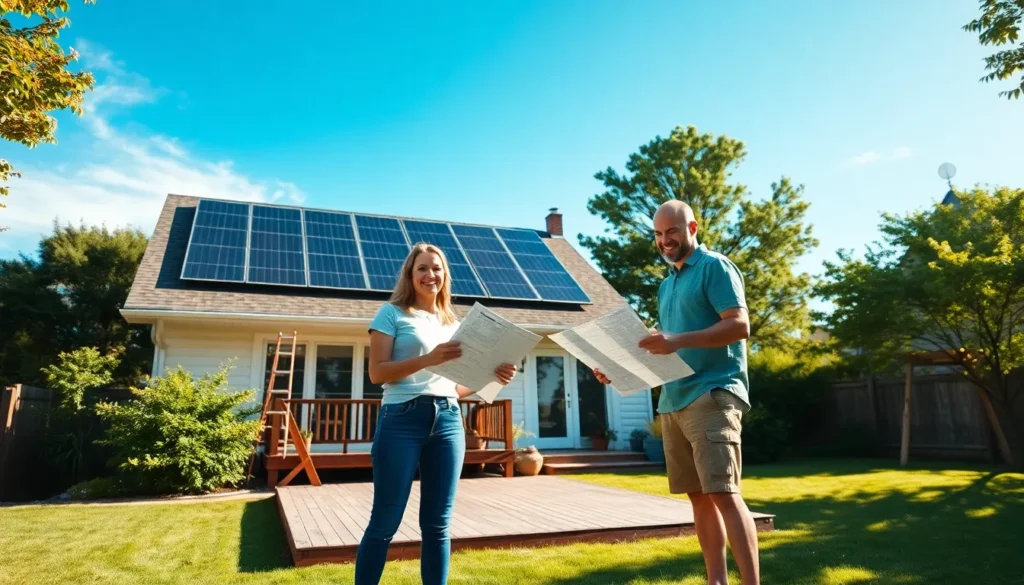As the demand for sustainable energy solutions increases, more homeowners are looking to harness the sun’s power through DIY solar energy systems. This article will investigate into the many facets of adopting solar energy in your home with a particular focus on an innovative offering called the Pangolin. By understanding the benefits of home solar systems and the specific steps required for installation, anyone can make an well-informed choice on how to transition to renewable energy effectively.
Understanding DIY Solar Energy Systems
DIY solar energy systems are becoming increasingly popular as more homeowners recognize the benefits of generating their own electricity. These systems typically use solar panels to convert sunlight into electricity, which can then be used to power home appliances. Understanding the components of these systems involves recognizing the roles of solar panels, inverters, and battery storage.
Solar panels are the most visible part of the system and are typically mounted on rooftops or in backyards where they can receive maximum sunlight exposure. Inverters are crucial as they convert the direct current (DC) generated by the panels into alternating current (AC), which is what most household appliances use. Battery storage can store excess energy generated during sunny days, providing a consistent power supply even when sunlight isn’t available.





